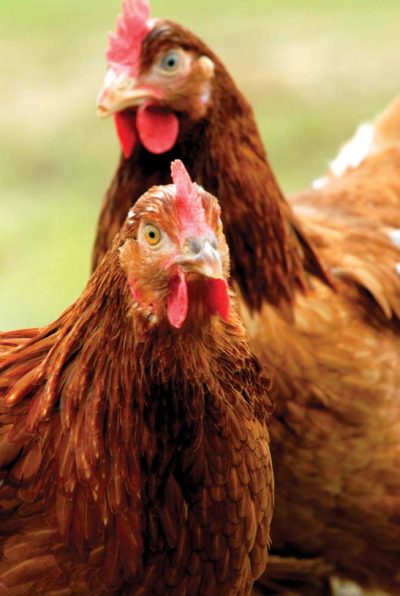Welcome to another edition of eChook!
In this edition, I would like to highlight our efforts to mitigate poultry waste streams, in particular through the use of anaerobic digestion (AD) technology to add value to waste.
Disposal of waste from poultry production is a major cost to industry. Poultry producers are not only facing increased regulatory pressure on waste management but are also having to cope with a diminishing number of tools to manage waste. For example, very few carcass processing facilities are now prepared to take spent hens, leaving many egg producers searching for alternative avenues of disposal. As Mr Bede Burke, an egg farmer based in Tamworth, put it, “the hen has done so much for us during her productive life and she deserves due respect and humane treatment at the end of the laying cycle. We urgently require welfare-friendly, cost-effective ways to handle our hens at the end of their productive lives”.
Another waste stream problem relates to by-products from hatcheries. According to a 2009 report commissioned by Australia’s Rural Industries Research and Development Corporation (RIRDC), the chicken meat sector produced 10.4 tonnes of hatchery waste per week with a disposal cost of AUD$127 per tonne. Given that neither the tonnage is large nor the cost prohibitive, why is there a problem?
The issue here is one of inconvenience, that is, “the nuisance” factor. This relates to finding proper disposal sites for a relatively small amount of material at broadly dispersed locations. It includes managing staff health, odour, flies, noise, wastes with a high liquid content; maintaining handling systems (against challenges such as vacuum system blockages, spillages at hatchery and during transport); and withstanding the abrasiveness of egg shells in treatment systems.
In the RIRDC report, Dr Phil Glatz and Dr Zhihong Miao highlighted a number of alternative handling and processing methods that may be used to turn waste streams into value-added products. One of the recommended methods, AD, is the focus of a recently commissioned Poultry CRC project (see September 2012 eChook news entitled “Processing waste adds value”). This project, led by one of our participants, Active Research Pty Ltd, will examine the feasibility of an AD system in treating a number of waste streams, including daily mortalities, processing plant sludge and hatchery by-products.
Mingan


